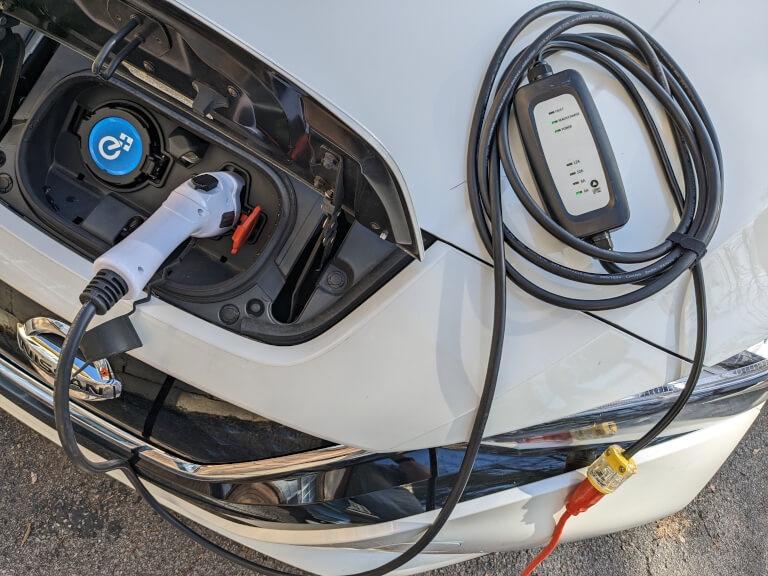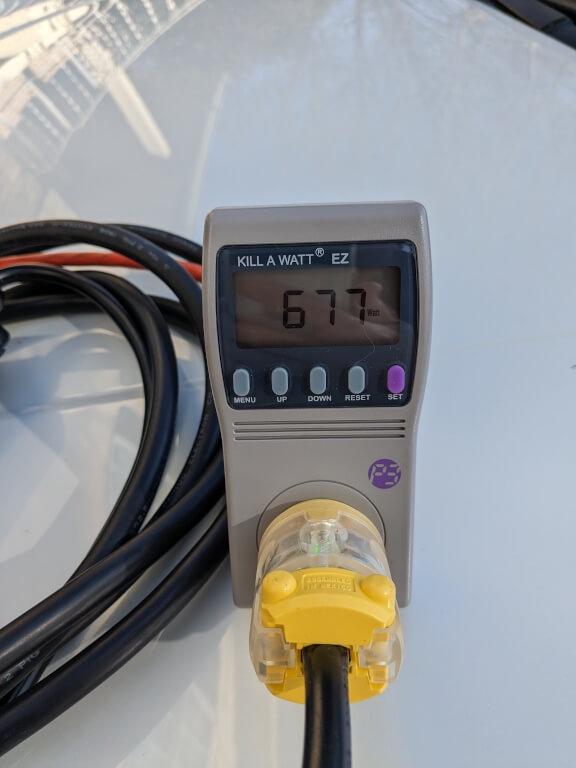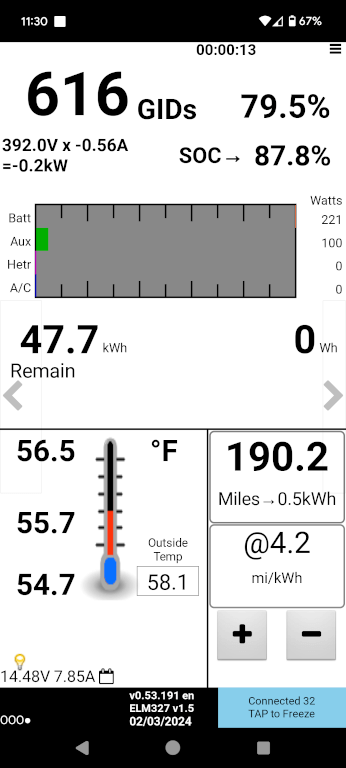- Joined
- Aug 1, 2021
- Messages
- 7
I'd like to be able to charge my 2018 Leaf from a low-power source (preferably a single-phase 120VAC source); potentially in some kind of long-running emergency
I see an EVCARS / ZENCAR EVSE on Amazon (B08FM3L8QK) that claims to be able to configure the charging current down to 6A. So, that's a good start. If that unit actually works, then it ought to be a good match with my 1000/2000W cargenerator.com inverter (paired with an ICE or hybrid vehicle).
But even at 6A it wouldn't be a great match with, say, a "1000W" solar panel, and a "300W" panel would be right out.
(Now, obviously a "300W" solar panel is going to go nowhere slowly in terms of charging my 40kWh battery, even if I actually got a full 300W out of the panel. But the point isn't to figure out how to quickly charge the Leaf during an emergency, potentially I could get a generator as large as I want or a complete home solar kit for that matter and then use the L2 charger I already have.)
The point, rather, is that if I'm in a long-running emergency and what I actually have is a 1000W solar panel, or a 600W panel, or even a 300W panel, then I'd want to be able to hook the Leaf up to it and get whatever benefit I could.
So, what are the lowest-power options out there on the EVSE front?
Are there any technical limitations with the Leaf such that even if a 120VAC EVSE were able to go down to, say, 1A, that this simply wouldn't work with the Leaf?
Thank you!
I see an EVCARS / ZENCAR EVSE on Amazon (B08FM3L8QK) that claims to be able to configure the charging current down to 6A. So, that's a good start. If that unit actually works, then it ought to be a good match with my 1000/2000W cargenerator.com inverter (paired with an ICE or hybrid vehicle).
But even at 6A it wouldn't be a great match with, say, a "1000W" solar panel, and a "300W" panel would be right out.
(Now, obviously a "300W" solar panel is going to go nowhere slowly in terms of charging my 40kWh battery, even if I actually got a full 300W out of the panel. But the point isn't to figure out how to quickly charge the Leaf during an emergency, potentially I could get a generator as large as I want or a complete home solar kit for that matter and then use the L2 charger I already have.)
The point, rather, is that if I'm in a long-running emergency and what I actually have is a 1000W solar panel, or a 600W panel, or even a 300W panel, then I'd want to be able to hook the Leaf up to it and get whatever benefit I could.
So, what are the lowest-power options out there on the EVSE front?
Are there any technical limitations with the Leaf such that even if a 120VAC EVSE were able to go down to, say, 1A, that this simply wouldn't work with the Leaf?
Thank you!






